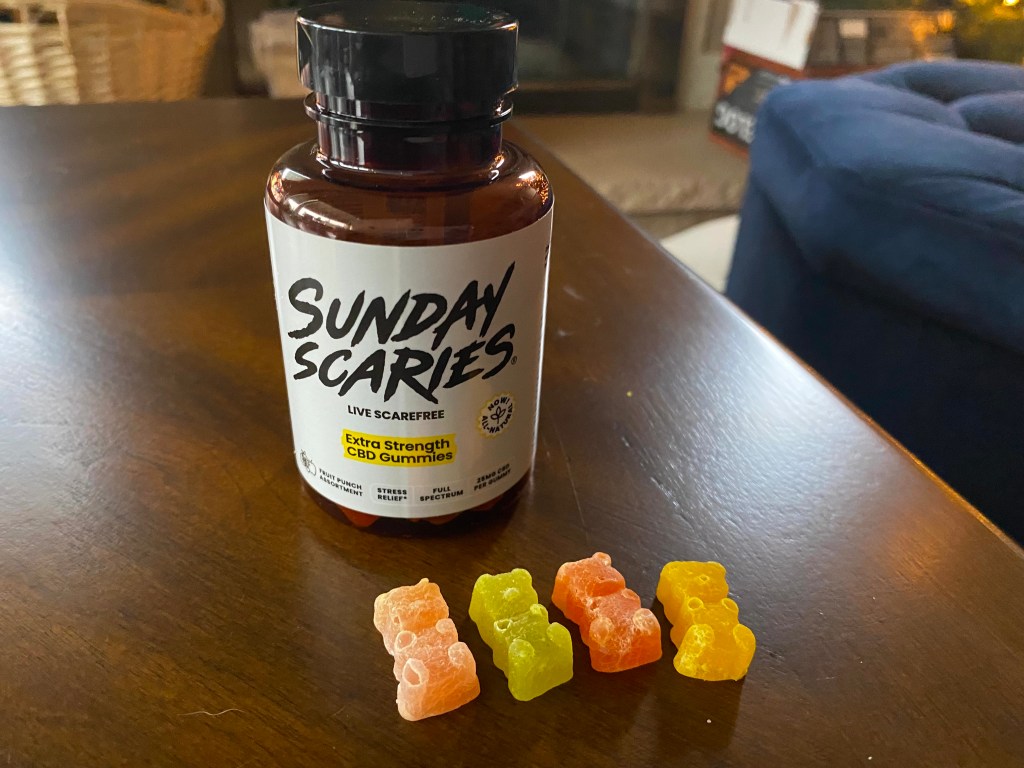Photo by Dan Siney
Videos by VICE
Publisher: Mojang Specifications Minecraft Super Meat Boy Enterprise D ASSASSIN’S CREED: BROTHERHOOD
Platform: Xbox 360
Publisher: Ubisoft Note: A preview of already appeared on Viceland.com, but I wrote it having played only about three hours of the thing. Now that I’ve had more time to go through the entire game, here’s a proper review. Assassin’s Creed: Brotherhood quite Assassin’s Creed II ACII ACII ACII not enemies
Περισσότερα από το VICE
-

Photo: Alina Rudya/Bell Collective / Getty Images -

-

-

